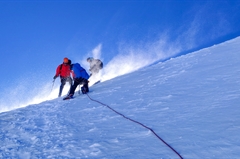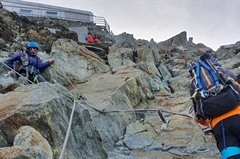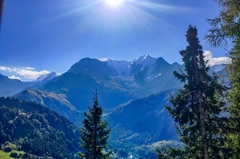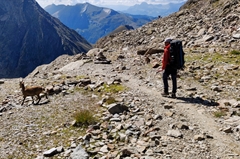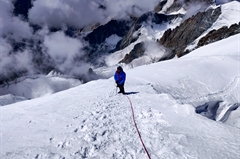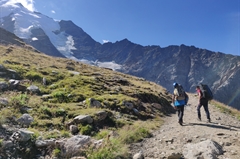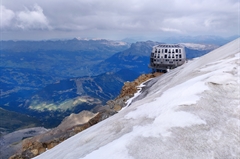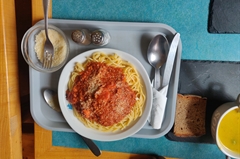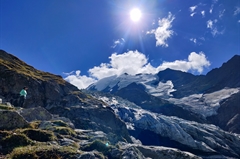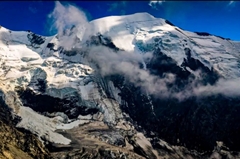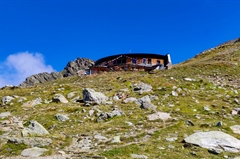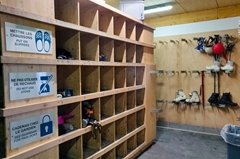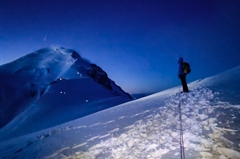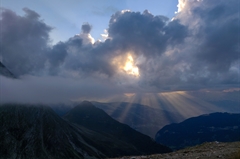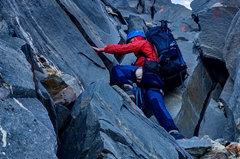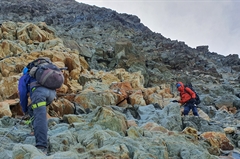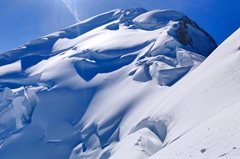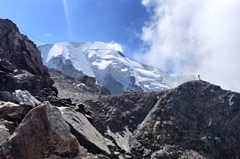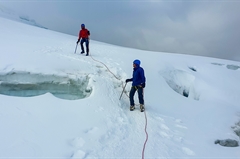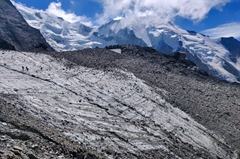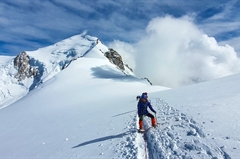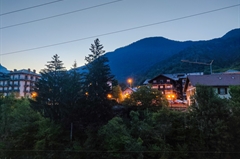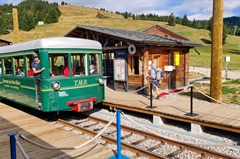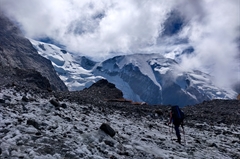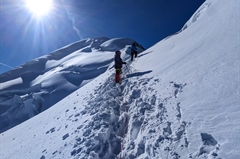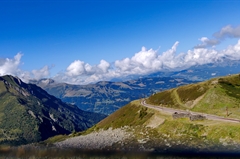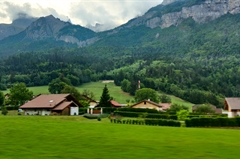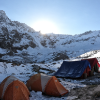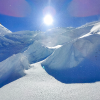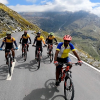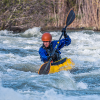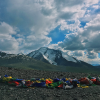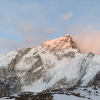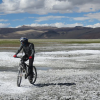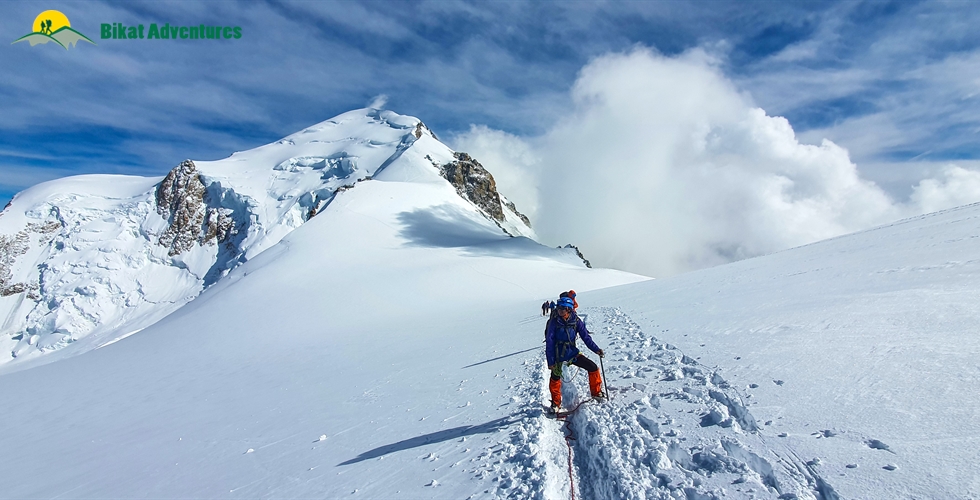
Mont Blanc Expedition
Highest peak of the Alps and Western Europe
Available Batches
Brief Description
Brief Itinerary
Detailed Itinerary
Day 1 Land in Geneva (375M) and head to Saint Gervais Les Bains (580M)
Distance: 70 km (bus ride)
Duration: 1.5-2 hours
There are few things better than starting a climbing trip in the beautiful surroundings of Switzerland. One of the many towns settled along the banks of Lake Geneva, Geneva is the second most populous city in Switzerland. A global city and a financial hub, it is home to the headquarters of the United Nations. Geneva is not short on things to see and do. Plus, to look at climbing gear in these lands, the place from where most of what we use for our climbs comes from, invokes nothing less than a childlike sense of awe.
After landing in Geneva, we take an early evening bus to Saint Gervais Les Bains – a small village with the traditional charm much sought after in the Alps. The theme of this entire expedition is absolutely-gorgeous-jaw-somewhere-on-the-floor- kind of beauty and that starts today – on Day 1. The 70 km bus ride between Geneva to Saint Gervais takes us through the most scenic route with the full feel of passing through the kind of beauty that defines Switzerland crossing the border over to France – the hour and a half on this bus ride goes by in a wink!
Day 2 Saint Gervais les Bains (580M) to Tête Rousse Refuge (3,167M) via) and Nid d’Aigle (2,362M)
Saint Gervais les Bains to Nid d’Aigle:
Distance: 12kms
Duration: 1-1.5 hour (Tram Ride)
Nid d’Aigle to Tête Rousse Refuge:
Distance: 2.5 kms (trek)
Duration: 3-4 hours
The summit of Mont Blanc, from the Goûter Route, takes us through three huts on the mountain. Camping on Mont Blanc is forbidden – one has to pre-book accommodation in the huts months in advance due to their limited capacity. The first of the three huts is Nid d’Aigle at an altitude of 2,362M. To get here is only a matter of one tramway ride through high mountains, deep valleys, and a 50-degree slope on which the tram puffs tirelessly up from Saint Gervais all the way to 100M below the hut. Once off the tram, a muddy trail takes us straight from the tiny tram station to the spaceship-like hut that is Nid d’Aigle. A famous spot in the winter for skiers of all levels, this hut is a popular destination all year round for all kinds of people – families out for a one-day adventure, trail runners who want to run up to the next hut, people there only for a meal with a view - the hut is a constant bustle between the first tram to when it is time for the last tram to take people down to their respective towns.
The tram ride as well as the hut itself give us the most magnanimous view of Mont Blanc which stands high dressed in an all-white robe in a valley still bursting with warm colors. Nid d’Aigle has a capacity of 16 beds, a functioning kitchen that serves you 3-course meals if you opt for food during your stay there, running water, an assortment of desserts, and beer! The luxury of the huts on this route is unmatched!
Although we have gained a fair bit of altitude already, we do not stay a night here. We continue on to the next hut which is Tête Rousse at 3,167M after a short break at Nid d’Aigle. Acclimatization should not be a problem since we haven’t done anything physically strenuous. The hike up to Hut 2 is also fairly comfortable and can be covered at our own pace since we have a lot of time on our hands. The only thing to remember is that we need to get to the hut before 5 PM to keep our reservation at the hut valid.
We cover the 700M elevation gain from Nid d’Aigle to Tête Rousse in close to 2.5kms. Because we are carrying our backpacks with all the personal equipment, clothing, and personal ration, we should be able to cover this distance in not more than 4 hours. The trail itself is muddy, marked, broad, and extremely comfortable slithering up gradually at first on a straight path. The last 200M gets steeper as we now zig-zag up a rocky pinnacle standing vertically above the gorge with a straight view down to the entire valley with all its villages, rivers, and greens.
After a 3-hour trek, we reach the Tête Rousse check post. Right after the check post, a short traverse on a glaciated plateau brings us straight to Refuge du Tête Rousse. We are now in boulder territory – all rocks and moraine with not a single strand of green to be seen.
Tête Rousse has a capacity of 72 people in the indoor dormitories and a few tents outside which can house some more people. There is no running water at this hut because the cold clogs up pipelines. Mont Blanc looks even more imposing from this height – we can even spot the third hut i.e. Refuge the Goûter as a tiny speck on the top of a vertical face of mud and boulders which is our trail for tomorrow.
We can also see the Grand Couloir from here, one washed-out section that runs horizontally on this otherwise vertical route. But we still have a day to worry about these sections. For now, enjoying the hut with all its luxuries and the glorious sunset from this altitude is the top priority. The days in these regions are really long and hence sundown is very late - sometimes as late as 08:30-09:00 PM.
Day 3 Tête Rousse Refuge (3,167M) to Refuge du Goûter (3,835M)
Distance: 1.1 km
Duration: 3-4 hours
Today we cross the Grand Couloir, also called the Death Couloir for it single-handedly being responsible for the highest number of fatalities on the mountain. Its funnel-like structure makes this entire gully prone to continuous rock fall with rocks crossing the horizontal traverse path at high speed making the smallest rock a massive risk for climbers crossing this section of the climb. The frequency of rock fall is lesser when the temperature is colder. It’s, hence, safer to cross during the first few hours after sunlight with the risk substantially increasing after 10 AM.
After breakfast, which is at 0730 AM, we pack up our bags and make a move towards Goûter Hut by 0830AM. In case you need to leave any personal belongings behind at Tête Rousse, you can store them in the equipment room in a box and collect them on your way back.
We make it to the Grand Couloir within 45 minutes of starting our day. The initial patch till the couloir is rocky but a gradual climb over the moraine. There is one spot before the couloir and one in the middle of the crossing to take shelter from rock fall in case you experience a shower during your traverse. Listen to any sound of rocks coming down, and start towards the other side carefully. There is a gap after each shower which may be the best time to cross over. This path is narrow and stands over loose rocks, it is important to take extreme caution so as to not slip off or injure yourself.
Once on the other side of the couloir, it is now a completely vertical climb over huge boulders. There are orange blobs painted on the rocks to mark out the route. The 85-degree climb from here demands scrambling. Three-point contact climbing is mandatory. A single misstep would result in a straight drop down onto the glacier on which rests Refuge du Tête Rousse.
The entire 600M climb from here on is a vertical climb over these boulders until we reach an abandoned hut. From the hut, we might need to change into our snow boots and crampons to traverse a glaciated path that leads you straight into Goûter Hut. It is a horizontal path with a drop on each side. A rope is already fixed on this section all the way to the hut for assisted traverse. We should reach our destination for the day in time for lunch. Sunsets from this hut are not to be missed!
The evening and the dining hall are filled with stories of attempts from the previous day! There is an updated weather report and weather forecast put up on the notice board in the dining area of the hut. The weather forecast is updated each day and is extremely accurate. It should be referred to in order to take a fair decision on your summit push and to be aware of what to expect during the climb.
Day 4 Refuge du Goûter (3,835M) to Mont Blanc Summit (4,810M) to Refuge du Goûter (3,835M)
Distance: 6.5 km
Duration: 8-10 hours
Today is going to be a long day. Everyone making their summit attempt from Goûter today huddles up in the dining hall for a 2 AM breakfast. We gear up and leave by 3 somewhere in the middle of a streak of headlights heading up the mountain in the dark. We rope up from the very beginning. A small 20M climb right outside the hut gets us on the ridge we used to get to the hut the previous day. We turn to the right to walk on the same ridge that continues on for a short distance until we make a left to enter a crevasse-ridden snowfield. It is a comfortably steep climb all the way to Dome du Goûter at 4,300M post which the trail goes down for a bit till we get to Col Du Dome at 4,250M. From the Col, the trail slopes quickly up to Vallot Hut (4,362M); it is a steep climb.
Vallot Hut is an abandoned shed with no amenities. It can be used to take shelter for rest or to take sanctuary in bad weather conditions like snow storms and whiteouts. From Vallot Hut we hit two humps – first the Grand Bosse and then the Petite Bosse to head towards the Tournette Ridge which stretches out to the summit of the highest peak of the Alps. The last two hours of the climb are on slender knife ridges with a straight drop on both sides. Heavy winds make the climb on these sections even more precarious. Another challenge to consider on the ridge is the complexity and coordination of movement between climbers going up and climbers coming down since it is a single path with zero space on either side to give way.
It should take us 6-7 hours to get to the top. With the thick blanket of clouds rolling out under you and over all the other peaks in the vicinity, it is quite an exhilarating feeling to stand on the top of this mountain. The mountain really makes it worth your while!
Coming down on these slender ridges is equally challenging. The crevasse field becomes a little easier to traverse, though, in daylight.
Day 5 Refuge du Goûter (3,835M) to Saint Gervais les Bains (580M) via Tête Rousse Refuge (3,167M), Nid d’Aigle (2,362M)
Refuge du Goûter to Nid d’Aigle:
Distance: 4 kms
Duration: 5-6 hours
Nid d’Aigle to Saint Gervais les Bains:
Distance: 12 kms
Duration: 1-1.5 hours
We follow the same path to come down from Goûter all the way to Nid d’Aigle. We can make a quick stop at Tête Rousse in case you had left behind your belongings here on our way up. Coming down the vertical boulder section demands extreme caution. Remember, that we need to cross the Grand Couloir again today and it is best crossed in the early hours of the day, so leave from Goûter accordingly to reduce risk. After the initial boulder sections and the couloir, it is a comfortable trek down to Nid d’Aigle.
We can take a break at the hut if required. The only thing to keep a watch on is to head down to the tram station before it is time for the last tram to take off. We should be in our hotel rooms at Saint Gervais before sundown.
Day 6 Saint Gervais les Bains (580M) to Geneva. Leave from Geneva (375M) by the early evening
Distance: 70 km (bus ride)
Duration: 1.5-2 hours
We take the bus back into the city of Geneva latest by early afternoon depending on the bus timings.
The expedition ends here but not before some much deserved celebration!
Day 7 & 8 Reserve Days
The cost of these days is not included in the overall cost. Following is the additional expense (which includes accommodation and meals) in case we need to use a reserve day. The additional expense per day might vary based on where we use the buffer day (as indicated below)
Reserve Days (per day depending on location)
Nid d’Aigle - 4000 INR
Tête Rousse - 9300 INR
Goûter - 10600 INR
Saint Gervais - 6200 INR
What's Included
- All travel cost from Geneva pick-up point to Geneva drop-off point (including buses and tram expenses – pre-booked)
- Breakfast & Dinner (pre-booked) in the mountain huts on Mont Blanc
- 3 nights accommodation in mountain huts (pre-booked) on Mont Blanc
- Safety Equipment (common) including static rescue rope, seat harness, carabiners, pulleys & other items used for climbing
- Mountaineering certified and First Aid certified expedition guide
- Guiding cost
- 2 nights accommodation at Saint Gervais les Bains (pre-booked)
- 1 Night hotel stay in Geneva on Day 1
- Geneva Airport Pickup
- Climbing Gear Rental Kit
- Rental Kit for personal technical climbing equipment like ice axe, crampons, climbing boots, helmet, harness, carabiners
What's Not Included
- International flight cost
- Visa cost
- Cost of travel and health insurance
- Accommodation in Geneva (except on day 1)
- Cost of food on travel days
- Lunch on any of the days
- Any expense of personal nature
- Any expense not specified in the included list
- Additional Cost per Reserve Day (in case they are used)
Are you Eligible for this Adventure?
BRS Level Required
This makes it mandatory for you to have high-altitude experience of preferably multiple treks marked at level 6 on the BRS. The altitude, the terrain and the nature of the climb demand a certain level of skill and a need for you to be aware of how your body reacts to the various features of high altitude environment.
If you do not know what level of BRS trek would suit you best, worry not! Fill out this Form:
we will send you a progression chart to help you comfortably get out of your comfort zone in order to level up and ultimately reach your highest potential in the big, bad world of outdoor adventure.
Packing List
This is a list of essential items for individuals doing the trek with Bikat Adventures. This list contains only those items which the participants are required to bring with them. The list excludes those items which are provided by Bikat Adventures on the trek. We have divided the items into five categories. All the items in the list are essential except for those marked as optional.
Trekking Gear
- Ruck sack bag with rain cover. Qty -1
- Day Pack Bag - Recommended for treks with summit day
- Head Torch with spare Batteries. Qty -1
- U V protection sunglasses. Qty -1 Here is how you can choose the best sunglasses for trekking.
- Water Bottles: 2 bottles of 1 liter each
Footwear
- Non-skid, deep treaded, high-ankle trekking shoes Qty -1
- Pair of light weight Slipper/Sandals Qty -1
Clothing
- Quick Dry Warm lower or Track Pants. Qty - 2
- Full sleeves T-shirts/ Sweatshirts. 1 for every 2 days of trekking
- Pair of thick woolen socks. 1 pair for every two days of trekking
- Thermal Body warmer Upper & Lower. Qty-1
- Undergarments. Qty - 1 for every day of trekking
- Warm jacket closed at wrist & neck .Qty-1
- Full sleeves sweater. Qty -1
- Rain wear ( Jacket & Pants ) . Qty-1
- Pair of waterproof, warm gloves. Qty-1
- Woolen cap. Qty-1
- Sun shielding Hat. Qty -1
Toiletries
- Personal toiletries kit (Small Towel, Toilet paper, paper soap, Bar soap, toothbrush, toothpaste, cold cream, etc.)
- Sun screen lotion small pack. Qty -1 Here is your Sun Protection 101 to stay safe in the bright sunny outdoors.
- Lip Balm small pack. Qty-1
Utensils
- Small size, Light weight & Leak proof lunch box. Qty-1
- Plate. Qty- 1
- Spoon.Qty-1
- Tea/Coffee (plastic) Mug.Qty-1
Miscellaneous
- Camera (Optional)
- Carry your medicines in plenty in case you have any specific ailment. Consult your doctor before joining the trek.
- Dry fruits, Nuts, Chocolate bars (Optional)
Technical Mountaineering Gear
- Mountaineering Boots: Suitable for rock and icy terrain
- Crampons: 1 set that fits your climbing boots
- Ice axe: 1 Non-technical ice axe
- Helmet: 1 climbing helmet
- Harness: 1
- Gaiters: 1 set
- Headlamp: 1 + 1(spare) with batteries
- Trekking poles: 2 (as per your requirement)
- Carabiners: 2 (plain type)
(P.S.: In case you do not own this equipment, you may rent all these items from shops in Saint Gervais les Bains for the length of the expedition. It is best to pre-book your rental equipment on their websites and pick it up at the store when we are there. The entire kit costs approximately 25 Euros per day. Some rental shops in Saint Gervais les Bains which allow for customized pre-booking are.:
1. https://blanc-sport-saintgervais.com/en/
2. https://unlimited-saintgervais.com/en/
Frequently Asked Questions
Why Bikat?
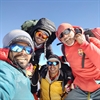

Small Group Size
Our batch sizes are capped at 15 for smaller treks with the trek leader and trekker ratio of 1:8. This ratio, in our years of experience, has proven to deliver the best trekking experience for individuals as well as groups. Capping the size of the group ensures individual attention to each trekker so that no signs of distress or need during the trek go unnoticed. It also helps to form a more cohesive cohort with better group energy which helps define the rhythm and pace of days on the trek. As you go higher up on the BRS scale, since the stakes are higher, expeditions have an even smaller group size with the ratio of expedition leader to climber set at 1:2.
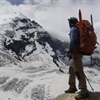

Qualified Expedition Leaders
We follow a rigorous regime of hiring and training our experts in the field. Each trek leader is a certified mountaineer with years of experience in the field. In addition to their qualification, they also go through practical and situational training to tackle any and all kinds of sudden conditions that may present themselves on the ground. Being unpredictable is the core nature of the mountains but being ready for any circumstance as best as possible is a controllable asset that we try to nurture. Our field experts are also trained in basic medicine and first-aid response. Watch: Forerunners - The Making of A Trek Leader At Bikat Adventures
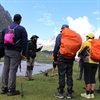

Guided Progression
Since Bikat Adventures is a learning-based organization, we help you climb up the ladder of difficulty within the sphere of outdoor adventure systematically. Our on-ground training modules are designed to handhold you through the upskilling process so that you are ready to take on bigger challenges.
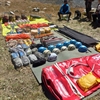

Equipment Quality and Check
All the gear used on our treks and expeditions is tried and tested, maintained for good quality, and is overall top-notch in quality and condition. We are continually looking to obtain the best of everything there is in the market so as to ensure optimum safety.
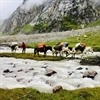

Support Systems
Along with the staff you see on-ground, we have a team of superheroes working in the background to give you the best experience possible. Our background team also comprises local staff from each area who know the region best. Having local support helps with studying the area, pre-planning, execution, and in receiving timely support in case of emergencies in these remote locations.
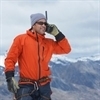

Communication
Our on-field staff is in constant contact with our teams based in primary locations so as to eliminate any avoidable delay in reaching additional help and support when required. We try to use the best tools for communication available, including satellite phones, in regions where they are not restricted.
What our customers Say
Cancellation Policy
Cash refund
Cancellations up to 60 days prior to departure date
Between 60 days to 20 days prior to departure date
Cancellations within 20 days prior to departure date
Voucher refund
Cancellations upto 60 days prior to departure date
Between 60 days upto 20 days prior to departure date
Between 20 days upto 5 days prior to departure date
Less than 5 days prior to departure date
- Cash refund is applicable only in case of bookings made without using any promotional offer code or Cancellation Vouchers or running discounts
- This is only a brief of cancellation terms. For finer details please refer Detailed Cancellation Policy.
Blog Posts
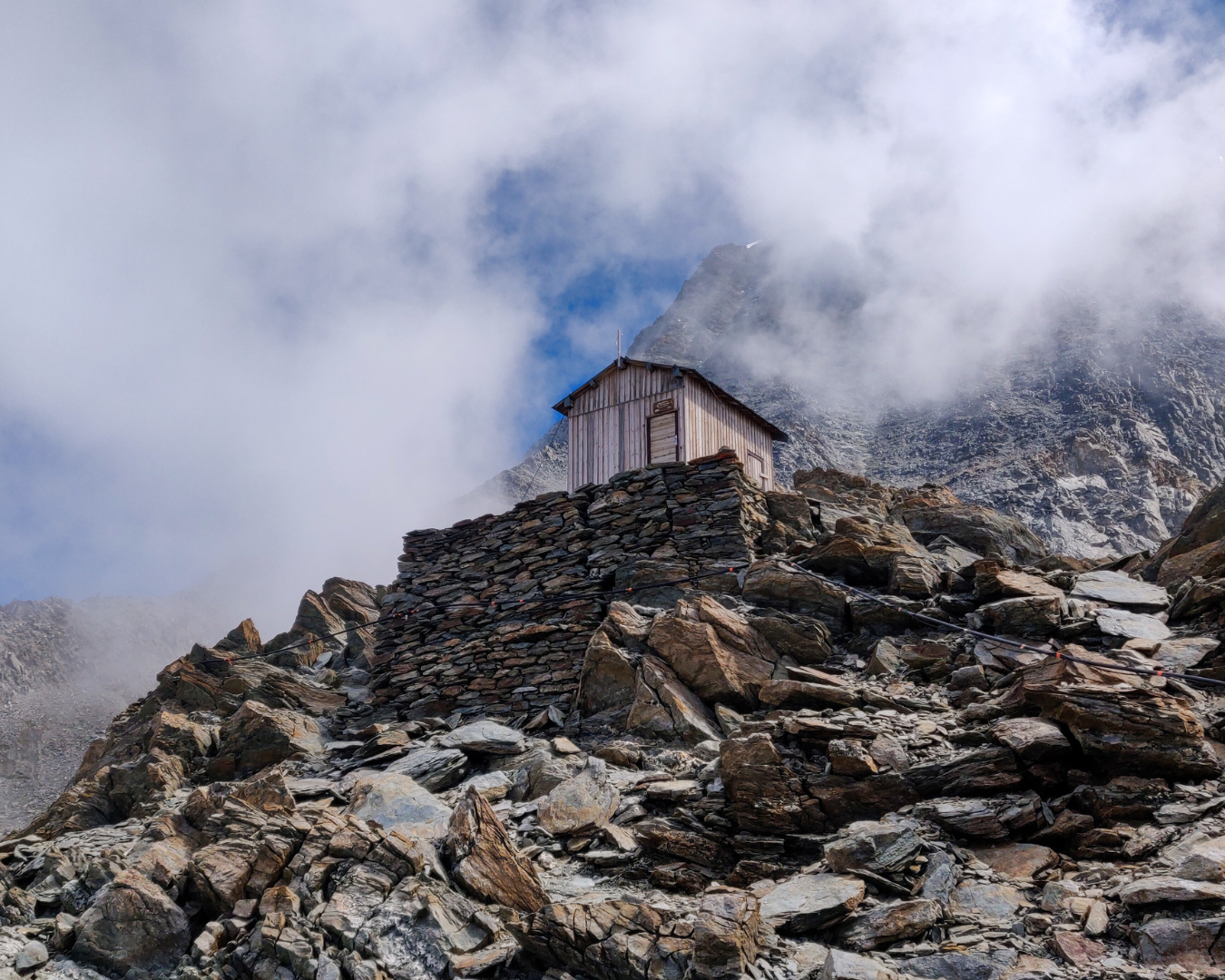
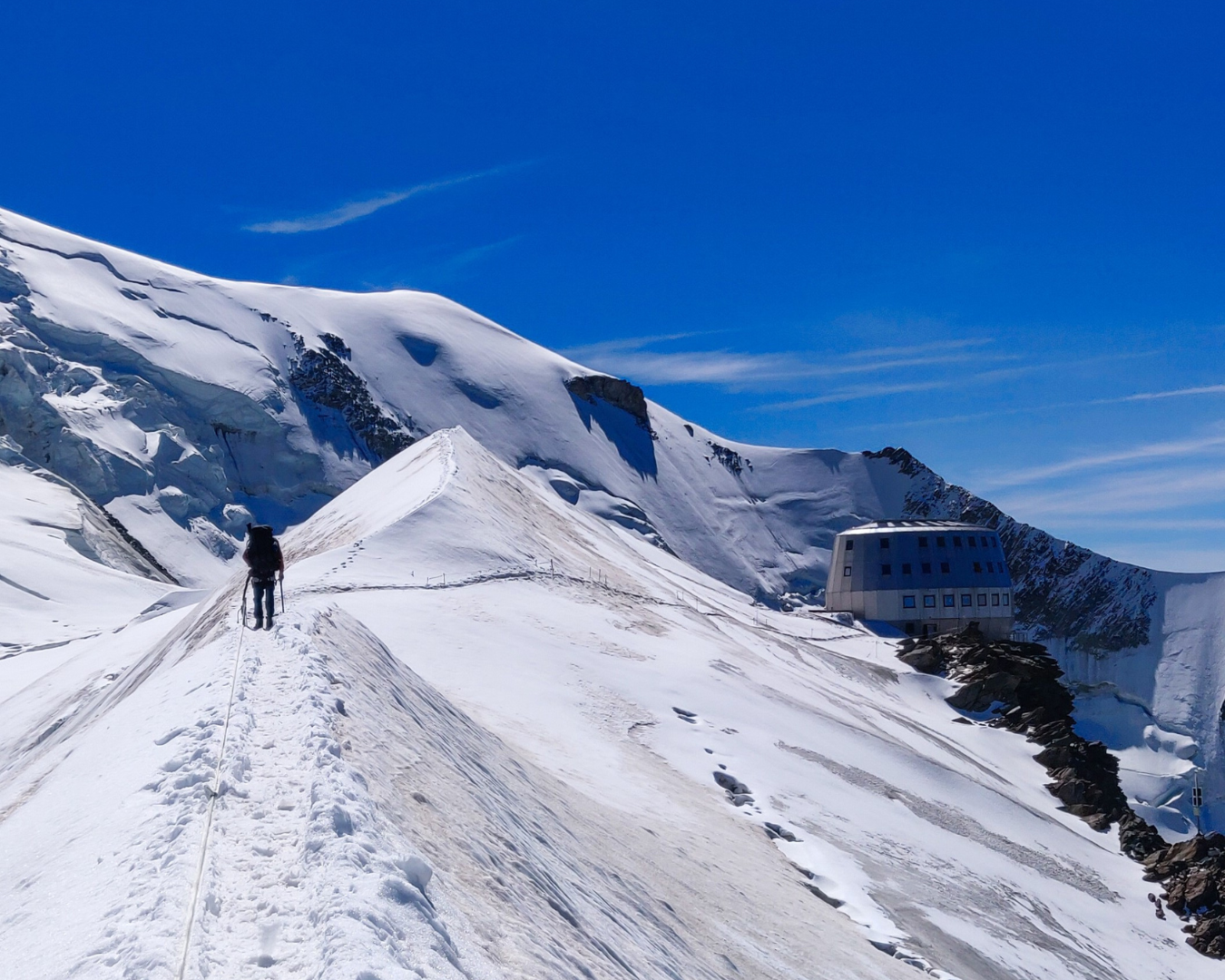
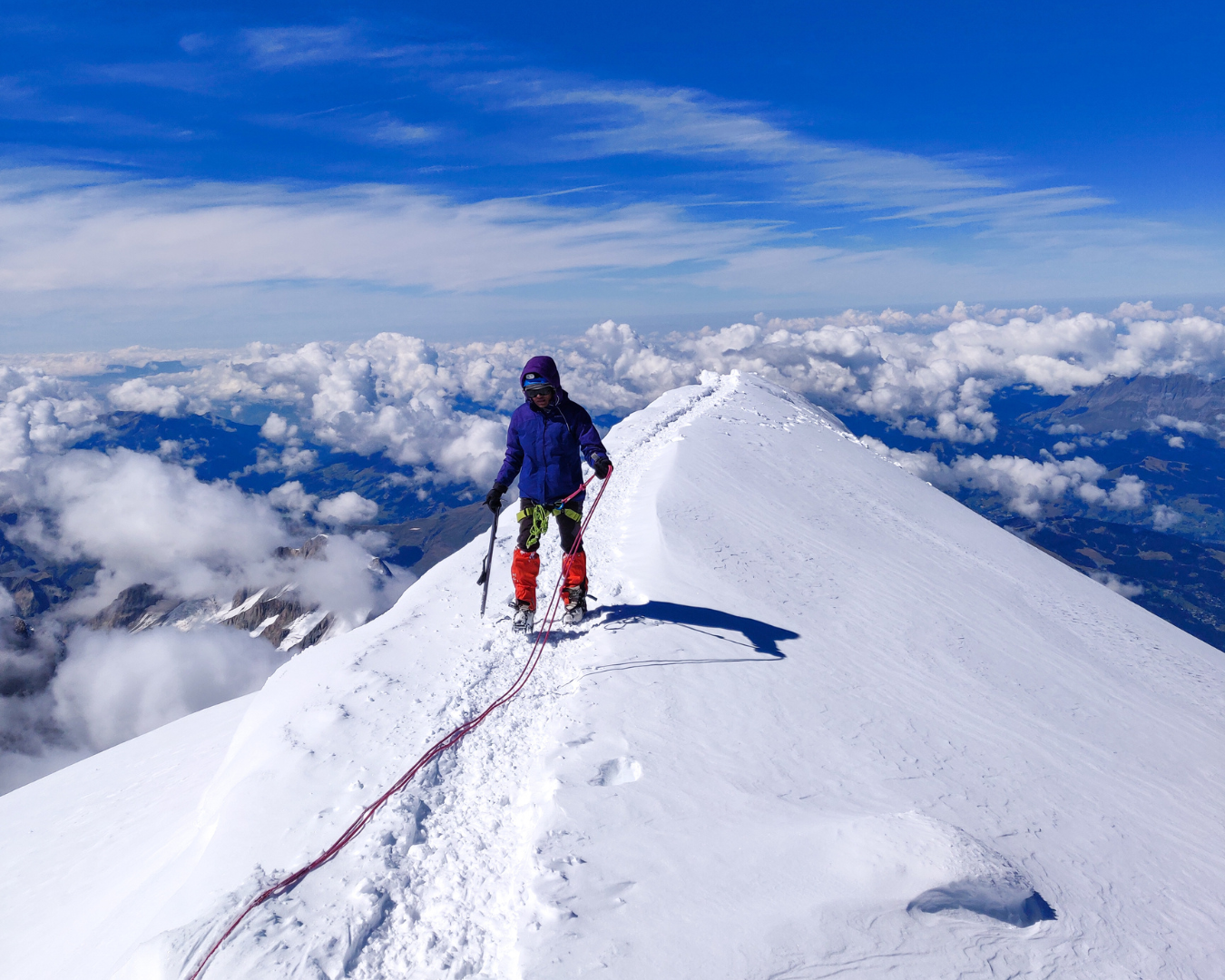
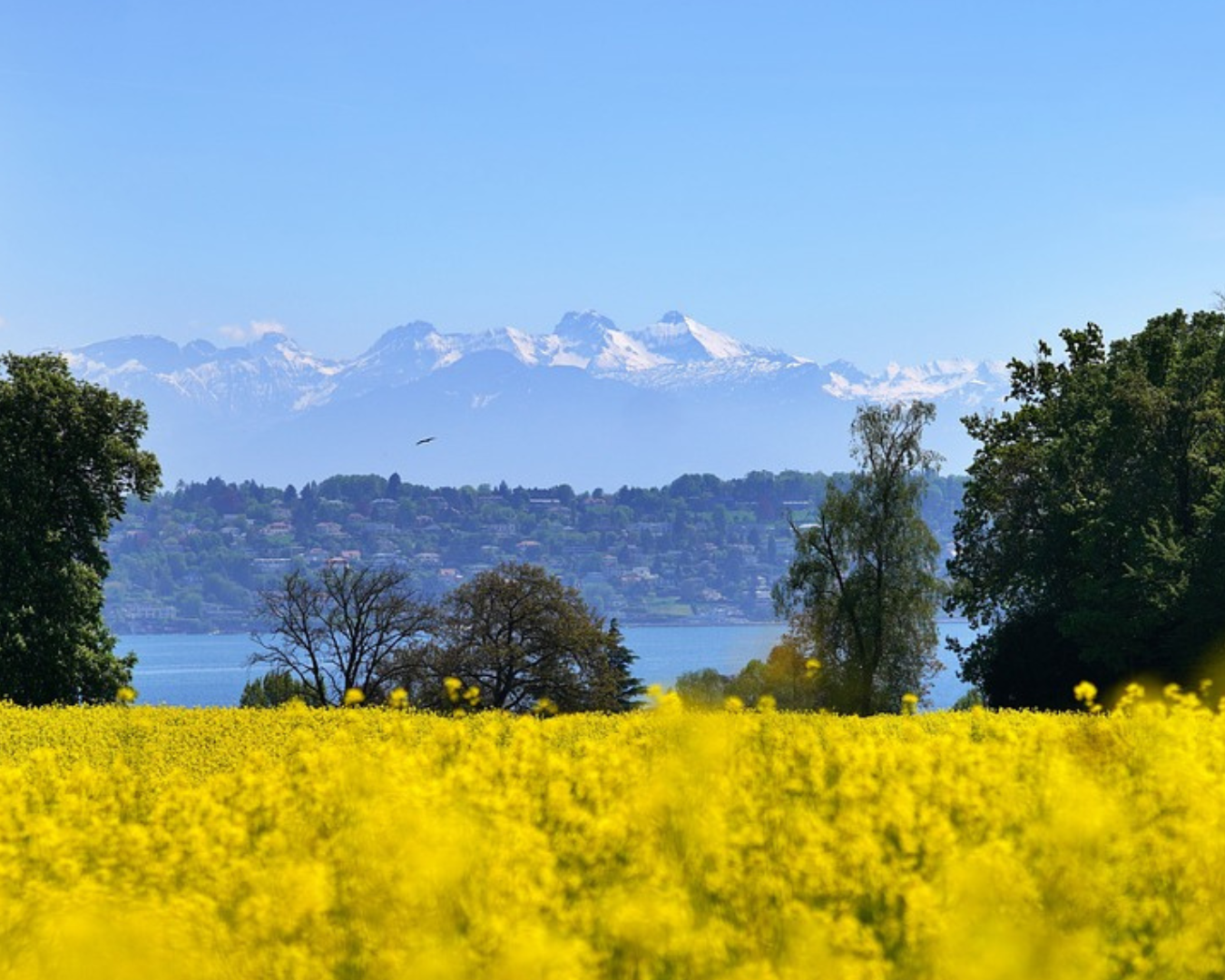
Similar Adventures
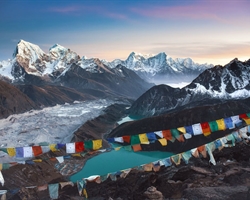
Everest Base Camp with Gokyo Ri and Gokyo Lakes
A more dramatic trail of the Everest Base Camp Trek
Nepal
17 Days
BRS 5
5545 m
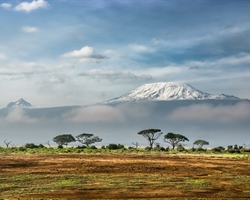
Mount Kilimanjaro Trek
The highest mountain in Africa. Also the highest single free standing mountain above sea level in the world.
Africa
9 days
BRS 6
5895 m
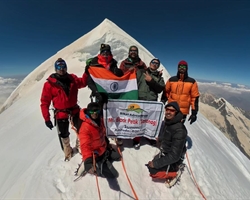
Mt. Black Peak
The Highest Peak of the Saraswati Range of Mountains - Technical Expedition meant for Experienced Trekkers
Uttarakhand
16 Days
BRS 7
6387 m
